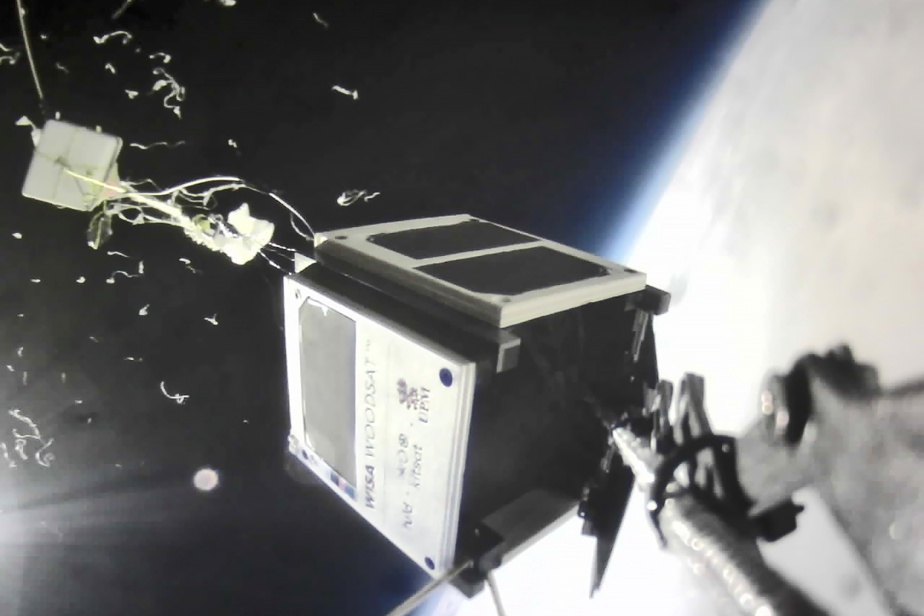
Scientific news in small doses | Journalism
wood in orbit
The first wooden satellite has just been tested at high altitude by three Finnish companies. Made of birch wood, it is expected to be launched at the end of the year by New Zealand company Rocket Lab. The test was carried out using a balloon that reached an altitude of 31 km and then parachuted in mid-June. The satellite, called WISA, the Finnish name for birch, will be tested for two years to see how the wood behaves in space.
Exam
Q: How far did Maori sailors travel?

Photo courtesy of the Royal Society of New Zealand newspaper
A Maori statue decorates the New Zealand Research Station in Antarctica.
R was found. As far as Antarctica, according to a new analysis of traditional Maori tales. Posted in early June in Journal of the Royal Society of New ZealandThe study claims that Maori traveled to Antarctica 1,300 years ago, a thousand years before Europeans got there. The analysis, conducted by a Maori research group, indicates that the tales evoke a place where it is always dark, and the seas are as white as the New Zealand plant, arrowroot, which gives white flour.
the number
35

Illustrations provided by Boom
Boom Introduction Print Artist
This is the first class aircraft number for a supersonic aircraft, by United Airlines, for the Overture model, from the American company Boom. This 55-passenger aircraft will enter service in 2029, 26 years after Concorde’s last flight. United’s order, which includes 15 confirmed deliveries and 20 optional, was announced in mid-June.
Hyperloop at Polytechnic

Illustrations provided by Montreal Polytechnic
Artist’s impression of the Hyperloop test tunnel planned by Polytechnique Montreal
Polytechnique Montreal’s Hyperloop capsule was unveiled in early June. This is Elon Musk’s only Quebec project, which includes underground tunnels where the capsules will travel at a speed of 1,100 km / h with cargo and passengers on board. The Polytechnique project is currently in the 3D modeling stage, and a tunnel is planned where it will be tested.
Robot in the sand

Photo by Nicholas Naclerio, provided by the University of California
UCSD Robotic Tunneling Machine
American engineers have developed a robot capable of moving in the sand, which could be used on missions to Mars. at robotics science In mid-June, researchers at the University of California described how the 5 cm diameter and 2 meter long robot successfully countered the problems faced by other tunnel-boring robots, reaching a speed of 4.8 m/s. In 2018, the Martian InSight mission relied on a tunnel-boring robot capable of digging 5 meters into the lab, which ultimately didn’t work on the Red Planet.

“Organizer. Social media geek. General communicator. Bacon scholar. Proud pop culture trailblazer.”


